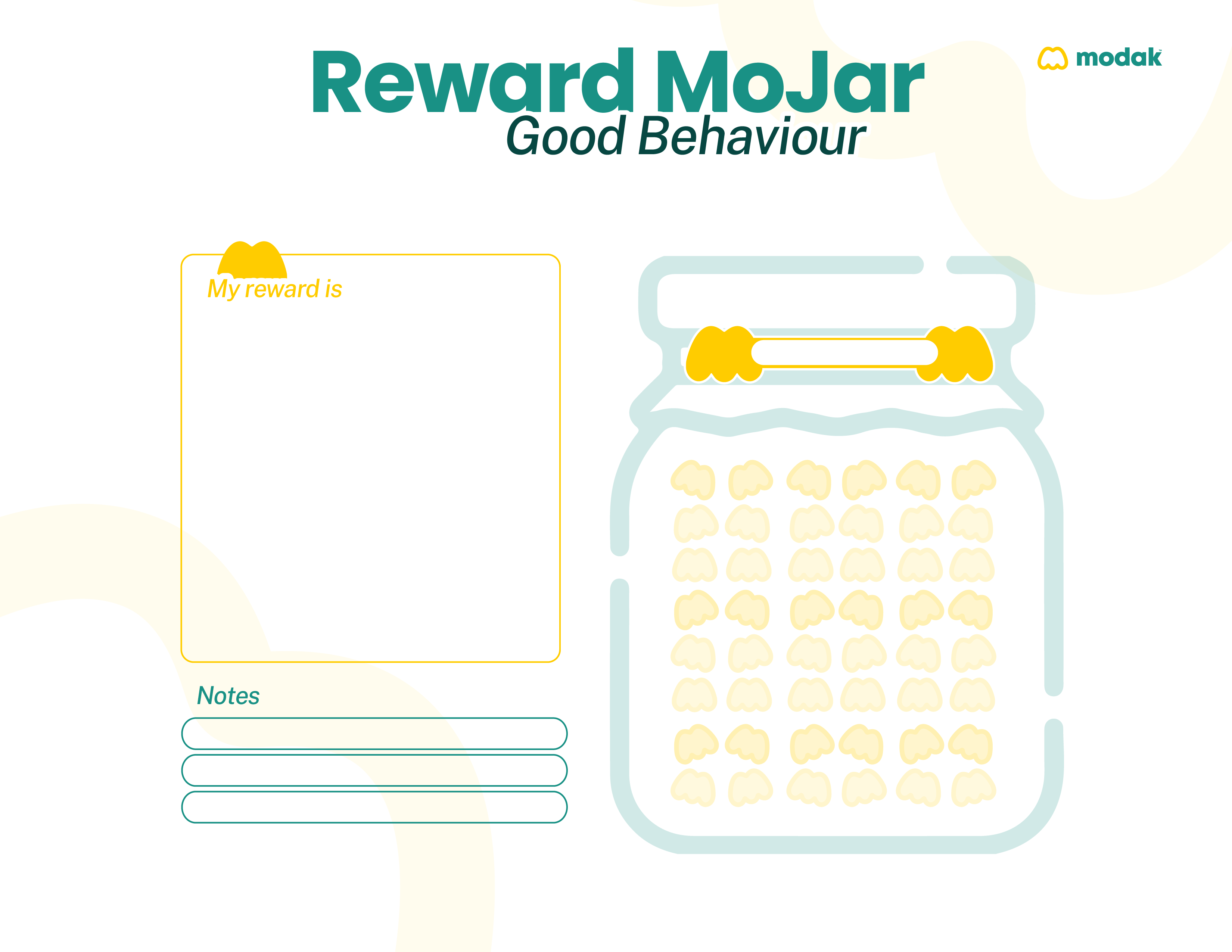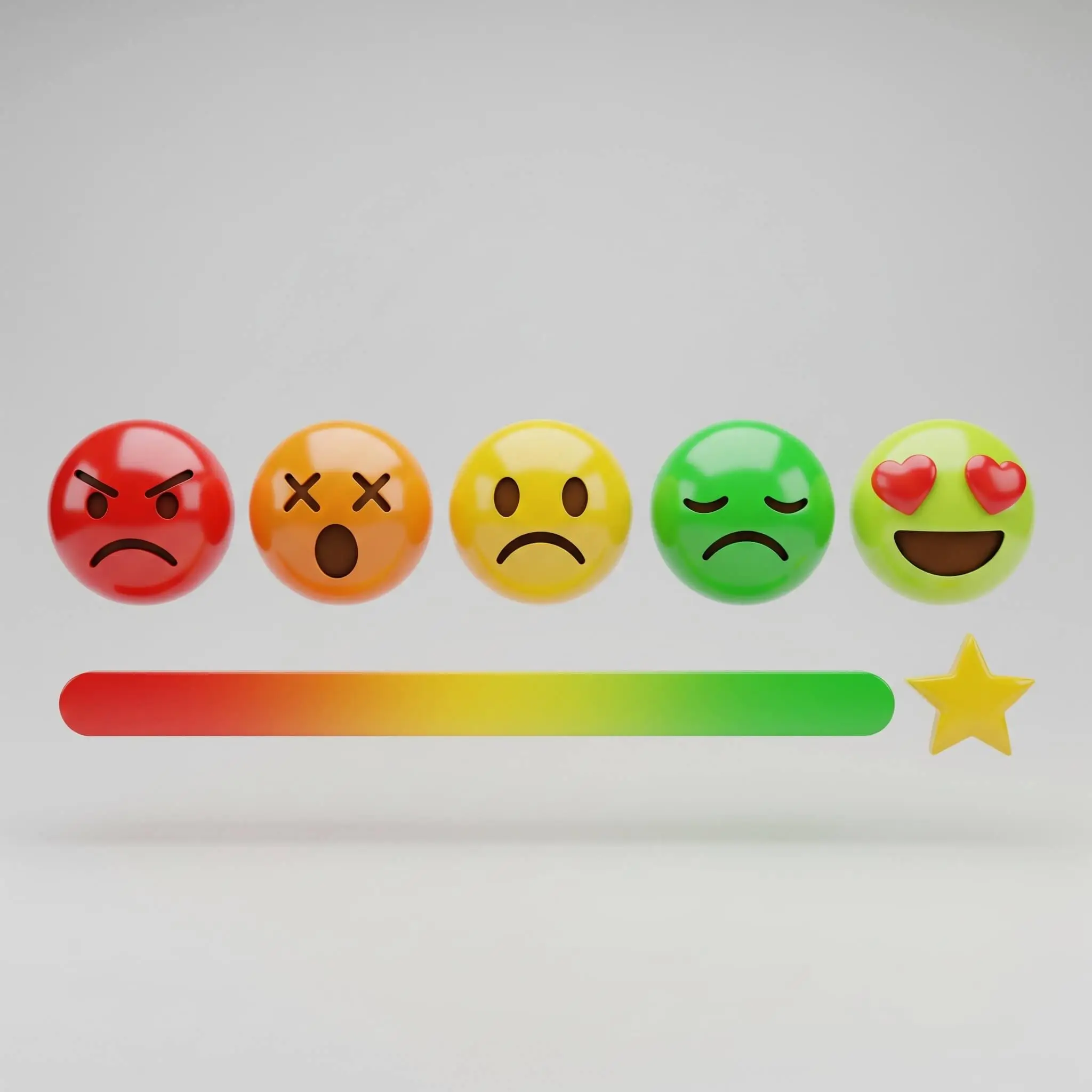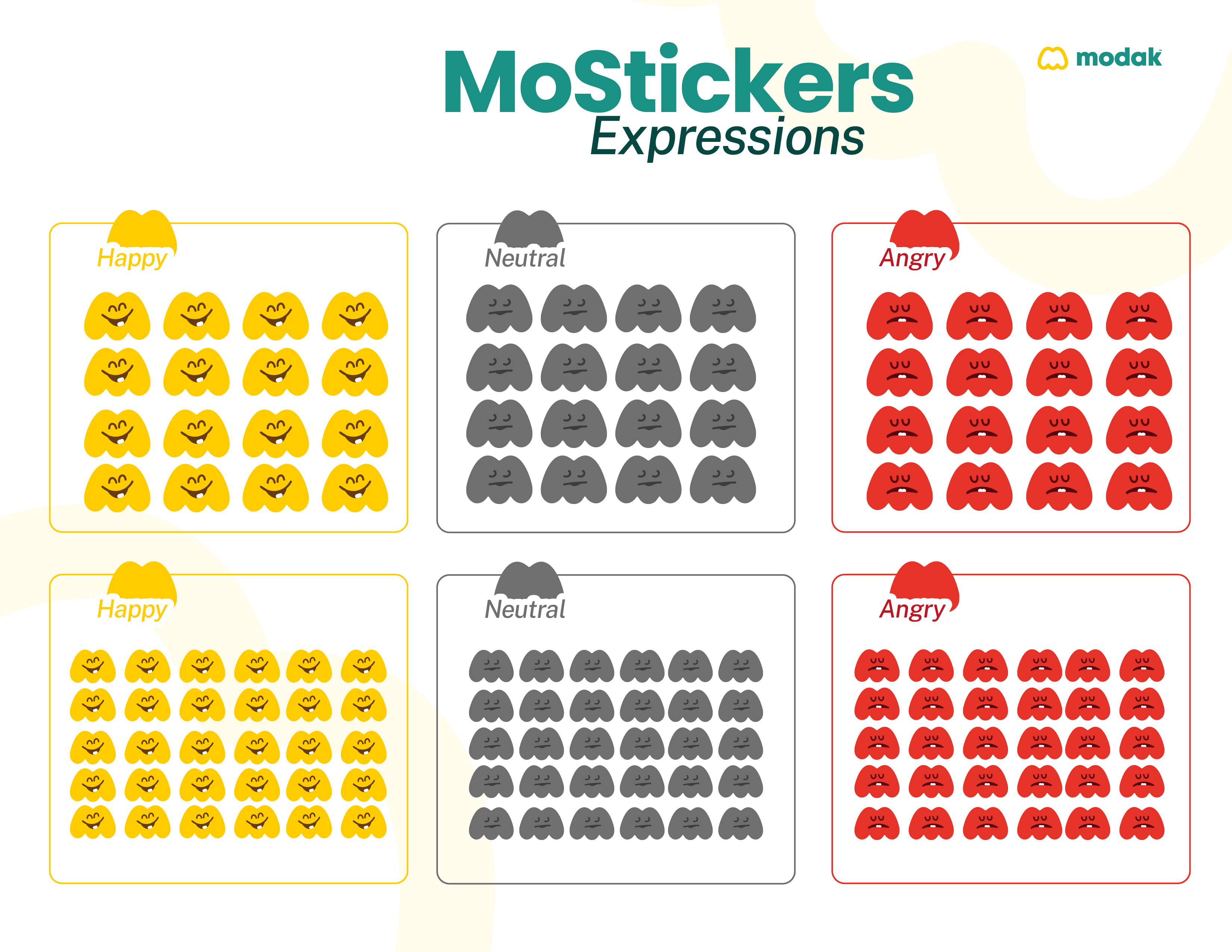💡 Behavior charts help kids build good habits through positive reinforcement.
📓 Different chart styles work for different ages and goals.
🧠 Consistency and clear rewards make charts more effective.
Managing behavior can be challenging for both parents and teens, but tools like a behavior chart for kids can make a significant difference. A behavior chart helps kids visually track their actions, reinforcing good habits while promoting accountability. Whether you're dealing with a younger child or a teenager, behavior charts offer a structured way to encourage positive behavior.
But how do behavior charts work, and are they effective for kids and teens? In this article, we’ll explore the ins and outs of behavior charts, how to create them, and why they work so well.
Stick around, and we’ll also introduce how the Modak app can complement your behavior chart by helping teens track progress, manage chores, earn money, and gain financial literacy skills.
A behavior chart for kids is a tool used to monitor and reinforce specific behaviors. It’s typically a chart or grid that tracks good behavior or completion of tasks over time. When a child exhibits the desired behavior, they earn a reward, such as a star or points. These rewards can later be traded for something more substantial, like extra screen time, a small gift, or even an allowance.
Behavior charts can be used for various purposes, such as improving homework habits, encouraging helpfulness around the house, or managing emotions like anger or frustration. And they’re not just for younger kids, teenage behavior charts can be used to help teens with time management, responsibility, and even financial literacy.
To help you get started, we've created a free printable behavior chart that you can download and use at home. This chart is perfect for tracking daily tasks, setting goals, and reinforcing positive behavior. Whether you use it for chores, schoolwork, or behavior management, it’s a simple and visual way to keep your child on track.

The concept behind behavior charts is simple: positive reinforcement. By rewarding good behavior, kids are more likely to continue those actions. Behavior charts help kids understand the connection between their actions and the outcomes. Plus, having a visual representation of their progress makes the learning process more engaging.
There are several types of behavior charts depending on your child’s age and what behaviors you want to encourage. Some of the most common types include:

Setting up an effective behavior chart isn’t difficult, but it does require planning. Here’s how you can create a chart that works for your household:
The first step is to identify which behaviors you want to encourage. For younger kids, these could be things like:
For teens, behaviors might include:
Once you have the behaviors outlined, set clear goals that are easy for your child or teen to understand. For example, if your child struggles with getting ready for school on time, a goal might be “Get ready for school before 8:00 AM for five consecutive days.”
Rewards are a crucial part of any behavior chart. The key is to find a balance between what motivates your child and what is practical for you to provide. For younger kids, rewards could include extra screen time, a small toy, or a fun outing. For teens, rewards could be more relevant to their interests, like extra time with friends or earning allowance money.
Children and teens respond well to visual cues. Whether it's stars, checkmarks, or points, a chart that visually shows progress will keep them engaged. Consider adding colors, stickers, or even a digital option to make tracking fun and easy.
Consistency is critical for a behavior chart to be effective. Make sure to update the chart regularly and reward your child or teen promptly when they achieve their goals.
💳 Teens get a real Visa® Debit Card with no monthly fees, letting them spend the money they earn.
🏃 Walk-to-earn rewards support healthy habits by turning daily steps into real dollars.
📲 Built-in task tracking and progress tools keep teens motivated and consistent.
Yes, behavior charts for kids work very well when used correctly. They are particularly effective because they provide positive reinforcement, which helps kids understand the connection between good behavior and positive outcomes. The visual nature of behavior charts also makes it easy for children to track their progress and stay motivated.
However, the effectiveness of a behavior chart depends on how it’s implemented. Being consistent with rewards, setting clear expectations, choosing age-appropriate behaviors, and adding stickers (which families can download and print on sticker paper) are all important elements of making a behavior chart work.

Behavior charts can be a useful tool for children with ADHD, especially when designed to focus on small, achievable goals. These charts provide structure and help kids with ADHD understand what is expected of them. Since many children with ADHD benefit from visual reminders and immediate feedback, behavior charts can help improve focus, task completion, and emotional regulation.
However, it’s important to keep in mind that behavior charts alone may not be enough. Kids with ADHD may need additional support, like routines, positive reinforcement, and possibly behavioral therapy.
Behavior charts can be adapted for different age groups:
While behavior charts are a great tool for building responsibility and tracking progress, the Modak app is an excellent way to complement your behavior chart system.
With Modak, teens can track their chores and earn points for good behavior. You can download our printable Modak Behavior Chart, stick it on the fridge, and use it to motivate progress at home.
Inside the app, teens earn MBX points for completing tasks and challenges. These points can be converted directly into dollars and spent with their Modak Visa® Debit Card¹².
But Modak isn’t just about money, it’s also about promoting healthy habits. One of the app's standout features is Walk to Earn³, where teens can earn MBX points simply by reaching their daily walking goals. By walking, they can earn up to 70 MBX per week, which totals an extra $36.4 a year. It’s an easy way to encourage physical activity while earning extra cash.
Whether you’re using a traditional star chart or one of our new printable templates, pairing it with Modak makes it easy for teens to stay motivated, develop positive behaviors, and gain valuable financial literacy skills along the way.
To create a behavior chart for kids:
Behavior charts can be used for children as young as preschoolers and adapted for teens. The chart should be age-appropriate, focusing on behaviors relevant to the child’s developmental stage.
Behavior charts are a simple yet effective tool for teaching responsibility and encouraging positive behaviors in kids and teens. By offering visual progress tracking and rewards, behavior charts help kids understand the link between their actions and positive outcomes. Whether it’s for managing chores, completing homework, or developing good habits, behavior charts can make a real difference.
.webp)
And when paired with Modak, the learning goes even further. Teens not only track their responsibilities but also earn rewards, manage money, and build real-world skills that prepare them for the future.